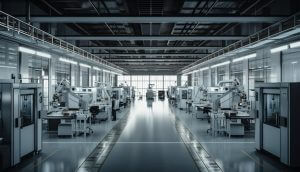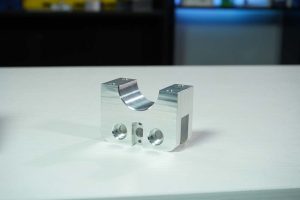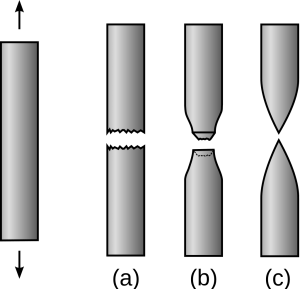
Bead blasting is a surface treatment method commonly used in Computer Numerical Control (CNC) machining, providing an attractive finish to machined components. This article helps to grasp the concept of bead blasting and its role in CNC machining.
CNC machining employs automated computer systems for precise control of machinery such as mills, lathes, grinders, lasers and routers, etc. The strength of this technology lies largely in its precision and repeatability, producing complex parts with minimal error. However, besides shaping and forming raw materials into the desired part, there’s often a need for various finishes or treatments, one of them being bead blasting.
So, what exactly is bead blasting? It is a process that entails shooting small glass beads at high pressure towards a given material to enhance its appearance by creating a smooth, matte look. In addition to aesthetic benefits, bead blasting also helps increase the component’s wear resistance while removing small blemishes on the surface, such as machining marks.
How does bead blasting work within CNC machining processes? Let’s delve further.
Firstly, understanding that bead blasting isn’t a standalone process but complementary to the main manufacturing procedure holds paramount importance. Therefore, it takes place after the raw material goes through the various stages involving cutting, milling, turning, or grinding tasks performed by CNC machines.
The next step lies in preparing the appropriate setup for bead blasting which involves factors like maintaining blast pressure, choosing right-sized beads and ensuring proper mixing proportion between the abrasive and compressed air.
After setting up the bead-blasting equipment accurately, operators load the finished CNC-machined parts inside the blasting cabinet where they’re subjected to the fast-moving flow of beads. These minute glass particles ‘peen’ over the component’s surface causing all contamination, burrs or imperfections that were smaller than the bead size to be removed.
Post bead blasting, immediate inspection acts as an essential measure to check for any inconsistencies linked to uneven coverage or indentations left behind from the blasting action.
Lastly, repolishing may follow if the customer demands a higher level of glossiness. Otherwise, the treated parts are coated or painted to provide extra protection before being dispatched.
It is important to note that not every material is compatible with bead blasting. Metals like steel, aluminum and titanium found common use, owing to their sufficient hardness factor required for bead blasting. Plastic tends to melt under high temps generated during the process; hence selecting suitable materials plays a pivotal role here.
Undoubtedly, bead blasting has continued to gain prominence due to its potential to effectively finishing parts while enhancing durability — no wonder more manufacturers are including it as a key post-processing stage in CNC operations. 
However, achieving mastery over bead blasting relies heavily upon perfecting several variables: correct air pressure, optimal bead size, and adequate exposure time among others. Furthermore, expertise in handling CNC machinery and having detailed knowledge about different materials and their reactions to such finishing techniques can significantly improve the quality of output projects.
In conclusion, bead blasting has proven itself to be an indispensable technique in the world of CNC machining – offering both functionality and aesthetic benefits. Plummet the learning curve by starting usages today! So, let your project shine and stand out with bead blasted finishes!



